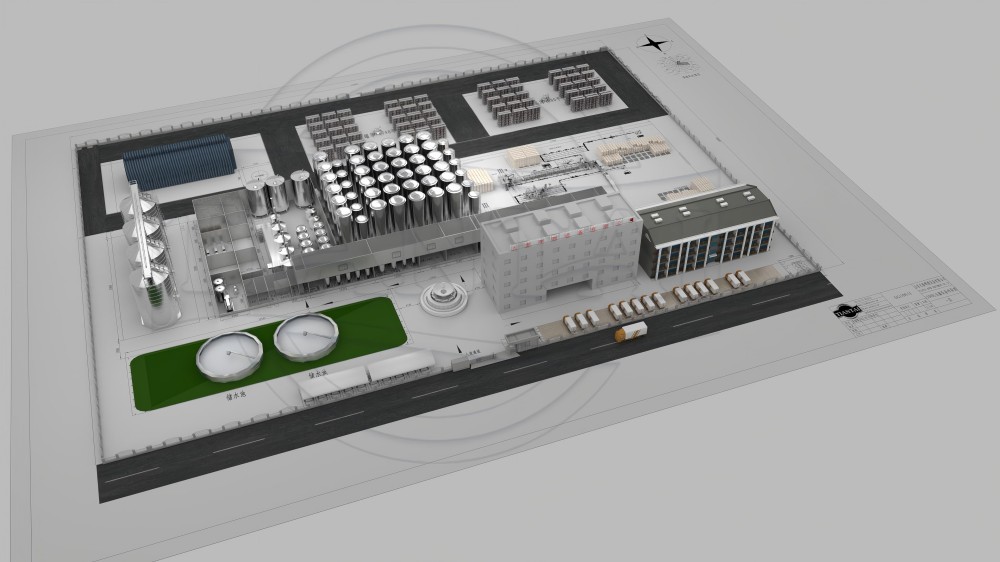Temperature control is a very important part of the fermentation process. We can influence the fermentation time by changing the fermentation temperature. Generally, beer fermentation can be divided into three types: low-temperature fermentation, medium temperature fermentation, and high-temperature fermentation. Each yeast strain has an optimal temperature range. Different temperatures within this range will affect the fermentation capacity of different yeasts. Generally, the lower the temperature, the slower the yeast will work. The higher the temperature, the faster the fermentation rate.

During low-temperature fermentation, the vigorous fermentation temperature of beer yeast is around 8°C. During medium-temperature fermentation, the vigorous fermentation temperature of beer yeast is about 10-12°C. When high-temperature fermentation is carried out, the vigorous fermentation temperature of beer yeast is 15-18°C.
As the fermentation temperature increases, the fermentation cycle will be shortened. But, the increase in the number of metabolic by-products will affect the flavor of the beer. Also, it is easy to be infected with bacteria. If the fermentation temperature is too low, the fermentation may stop. You need to extend the fermentation time to reach the normal fermentation level.
The temperature of fermentation needs to be controlled within a reasonable range. For example, if the fermentation temperature of yeast is 18-22°C, the temperature should be controlled at 19-20°C. Specific circumstances must specific analysis. The most popular yeast in the brewing world is Kviek. It can ferment beer above 30°C. Of course, this will not affect the taste of beer.


.jpg)





Get A Quote